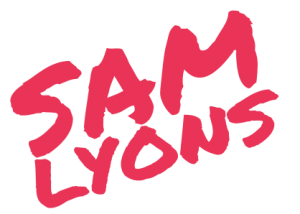When I found out that network literacy was a descendant of the idea of six degrees of separation, things really started to click for me on what it was about (Pengrum, 2010). That networks get exponentially more complex and helpful as you add extra people.
Rheingold explains that it is Reid’s law is the network theory that accounts for the “[ice] hockey stick” growth of the value of networks that allow humans to create groups versus the incremental growth in the value of networks (such as telephone exchanges) that falls under Metcalf’s law.
A while ago, I was introduced to the following video as a metaphor for leadership, but in many ways it also is an example of Reid’s law in action. As people see their friends start to dance, they also start to dance, leading to an exponential growth in the crowd.
Rheingold does an excellent job in explaining why you need to understand the value of human groups versus that purely of technology and for me that is the fundamental difference between what I saw as McClure’s more ‘practical’ definition of network literacy – “the ability to identify, access, and use electronic information from the network”. Although McClure’s definition is helpful, it seems to remove the agency of the network, the very reason why network literacy can be so beneficial.
Pegrum, M. (2010). ‘I Link, Therefore I Am’: Network literacy as a core digital literacy. In E-Learning and Digital Media, 7(4), 346-354.

Using the Dancing Guy video which I think I was also introduced to in the Teacher Librarian as Leader unit on this course for an explanation of how networks grow is brilliant. You can visually see how the network grows and develops, even any offshoots or sub groups.